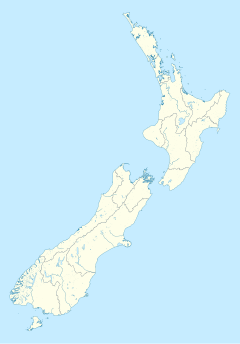The Mt William North Mining Project is a proposed coal mine planned for the West Coast Region of New Zealand.
Contents
Solid Energy, the state-owned mining company, applied for resource consents in February 2012 to mine an area near the existing Stockton Mine. Preparation costs are expected to be $30-40 million to mine five million tonnes of coking coal. [1]
The area covered by the resource consent is approximately 294 ha and is adjacent to the proposed Cypress Mine. It lies about 25 km to the north-east of Westport. [2]
Forest and Bird, New Zealand's largest environmental organisation, say it will treat the resource consent application in a different manner to Bathhurst Resources proposed Escarpment Mine Project to the south. [3] Forest and Bird, as well as other organisations, oppose the Escarpment Mine Project because of the high ecological value on the site of the proposed mine.
